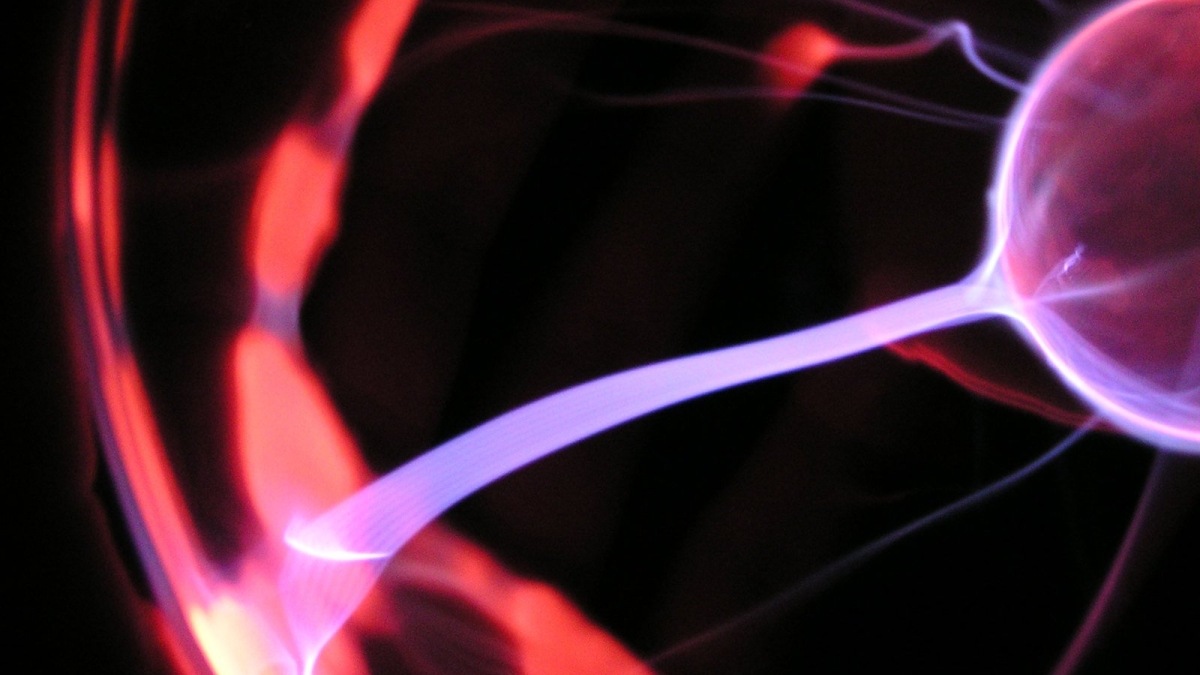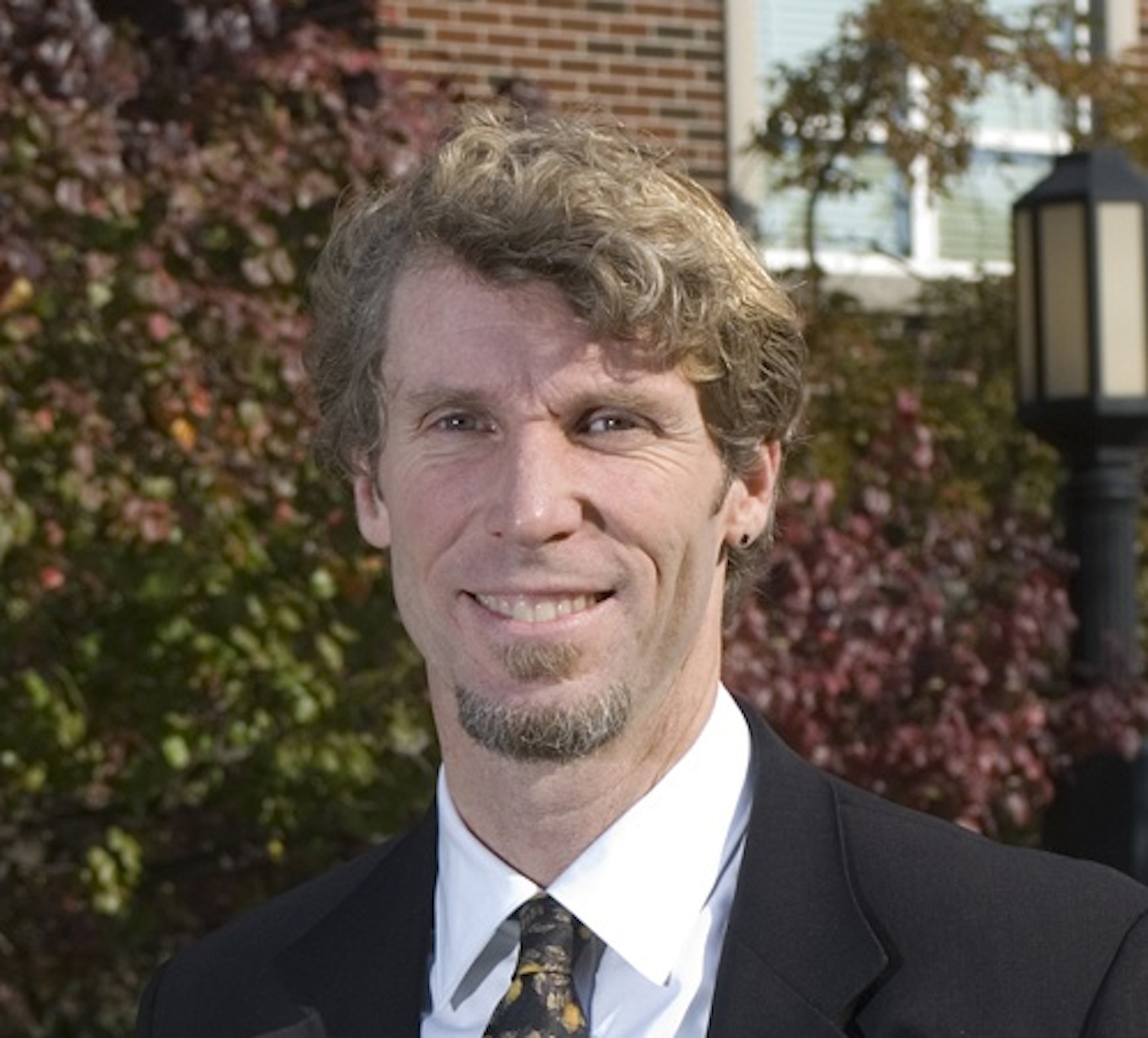Shrinking of ozone hole suggests other large environmental problems can be solved, says ASU sustainability scientist

For more than three decades, atmospheric scientists have been issuing warnings that carbon emissions and man-made pollution have punctured a hole in the ozone layer, the natural atmospheric layer that protects the Earth from the Sun’s ultraviolet radiation.
Recent measurements from a handful of satellites have shown the ozone hole is about 1 million miles smaller in extent that when measured a year ago, showing a positive reverse trend. However, NASA has claimed the majority of the shrinkage occurred due to an unstable and warmer Antarctic vortex.
To get a clearer picture of what happened and what it suggests about other climate challenges, ASU Now turned to Kevin Gurney, a senior sustainability scientistGurney is a professor in the School of Life Sciences, in the College of Liberal Arts and Sciences. with Arizona State University's Julie Ann Wrigley Global Institute of Sustainability. He believes this new finding “suggests that we can achieve the solution to a large global environmental problem.”
Kevin Gurney
Question: NASA recently announced that the ozone hole is shrinking and is the smallest it has been since 1988. What were some factors that caused that this year?
Answer: The continued success of the original international treaty aimed at phasing out the chemical that causes ozone depletion coupled with warmer temperatures in the polar stratosphere — this enhanced the amount of ozone production present.
Q: What does this mean for our planet?
A: This will lower the risk of skin cancer, lower extinction risk to sensitive amphibians and lower risk of degradation to outdoor building materials and coverings.
Q: Which countries would you point to as the biggest offenders in terms of ozone-depleting emissions? How would you compare the U.S. and China in this context?
A: The emissions we are talking about are emissions of chlorofluorocarbons and hydrochlorofluorocarbons and related compounds. Biggest emitters: China, South Korea, Brazil, Russia and Venezuela. The U.S. has been very proactive in lowering their emissions of these chemicals. China is catching up in terms of reduced emissions.
Q: Does the ozone hole shrinking suggest the possibility that human efforts can influence the direction of climate change?
A: Yes, it suggests more than a possibility — it suggests that we can achieve the solution to a large global environmental problem.
Q: How optimistic or pessimistic are you about the role that humans can play in responding to the Earth’s climate and the related effects?
A: I think action will be insufficient until significant and repeated consequences are “felt” by humans. I would prefer we don’t wait until those consequences occur, but human nature and my observation of the policy process over the last three decades suggests to me that we will not act until real damage occurs. I mean larger, more devastating hurricanes, extreme weather events, large-scale breakup of Antarctic ice, and the loss of land glaciers.
What then? We will have to do three things at that point: 1) adapt, which is unfortunate, but necessary 2) mitigate emissions to avoid even more serious damage and 3) deploy "scrubbing" technologies that remove CO2 from the atmosphere. The last need is something that is being researched and currently is expensive and challenging to do at the scale needed. But, as the climate-change damages increase, we will see that cost as smaller compared to the damage cost.
More Science and technology

AI-equipped feeders allow ASU Online students to study bird behavior remotely
ASU Online students are participating in a research opportunity that's for the birds — literally. Online Bird Buddies is a project that allows students to observe birds remotely, using bird feeders…

National Humanities Center renews partnership with Lincoln Center for responsible AI research
The National Humanities Center has announced that Arizona State University's Lincoln Center for Applied Ethics is one of four organizations to receive funding for the second phase of their…

Advanced packaging the next big thing in semiconductors — and no, we're not talking about boxes
Microchips are hot. The tiny bits of silicon are integral to 21st-century life because they power the smartphones we rely on, the cars we drive and the advanced weaponry that is the backbone of…
